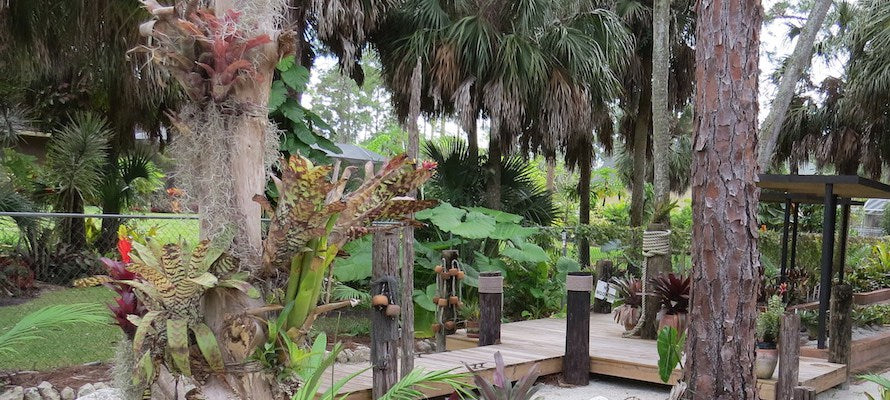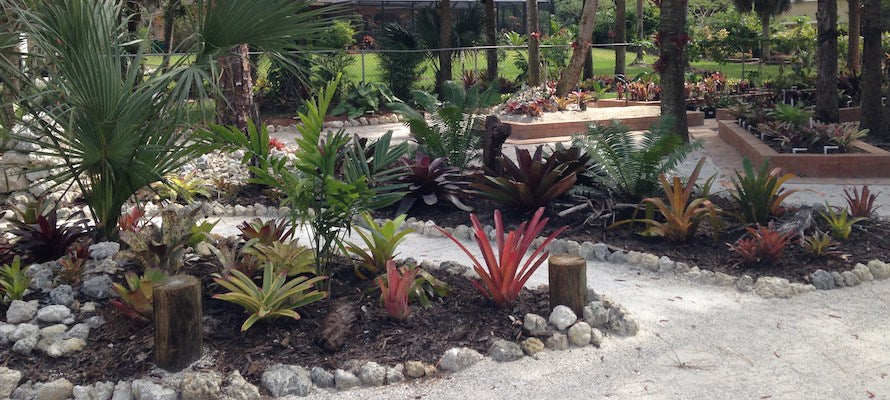Your Cart is Empty
Get Free Shipping on all orders $120 or more.

The bromeliad genus Billbergia was named for Swedish botanist Gustaf Johan Billberg by fellow Swedish botanist Carl Peter Thunberg. Billberg was the son of a botanist and merely a hobbyist who traveled to Central America on a plant collecting expedition in 1826. He arrived in Panama collecting in both Panama and Columbia where he discovered this beautiful species of bromeliad and brought it back to Thunberg’s Swedish Plantarum brasiliensium where Thunberg then attributed the genus to Billberg. Billbergia can be found from Mexico to Argentina and is mainly grown outdoors in a moderate climate. They typically grow in trees in the wild, however if they fall from their host they will nest in the ground. Billbergia can handle larger temperature swings including a morning frost, although like most bromeliads, not for long.
Light: Billbergias prefer filtered sunlight. The higher humidity, the more light they can handle.
Temperature: Billbergia’s can withstand colder temperatures for short period’s of time, as low as 26 degrees for a few hours. Like most bromeliad’s however, they prefer 55-85 degrees, and will begin to lose color over 100.
Water: Water should be free of minerals so avoid “very hard” tap water if possible. Water the “cup” in the center of the plant and be sure it always has a bit of water. If it begins to stagnate, clear it out to avoid insects and bacteria and refresh.
Humidity: Billbergia prefers a higher humidity for a nice color, if you don’t live in an area with high humidity, these plants will benefit from being in a green house, frequent misting, or overhead irrigation with well draining potting mix so their leaves can get wet but their roots are able to dry out.
Browse our photo gallery for stunning Billbergia photos, and please visit our Billbergia Product Catalogueto shop for many different variations and hybrids.
The post Bromeliad Care Spotlight: Billbergia appeared first on Bromeliad Paradise.

When a bromeliad is ordered on-line, it will either be taken as an offset from a mother plant, or it will be taken from a pot. Either way, it is possible that it has already started to grow roots.

Bromeliads are a type of plant called epiphytes, which means that they draw moisture from the air and don’t need to be in soil to survive. While their roots can draw water and nutrients, they typically serve as a plant’s ‘anchor’, attaching and holding it place.

Although mosquitoes are not a pest that can harm your bromeliads, they can become very annoying to everyone around them. Mosquitoes are currently a topic of conversation as common sense and the facts often give way to rumor and sensationalism.